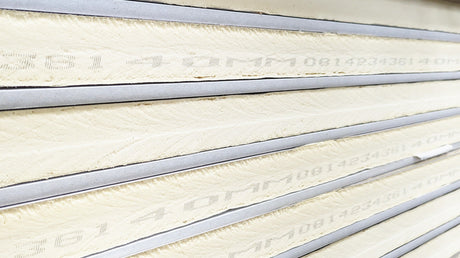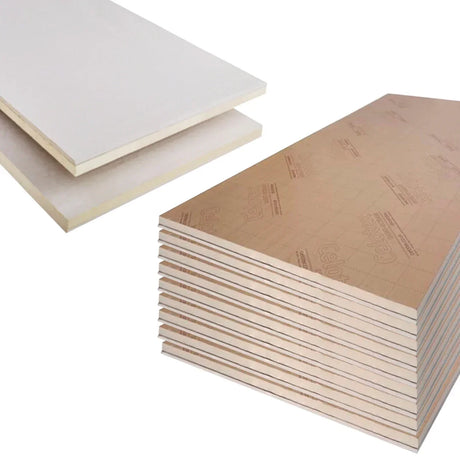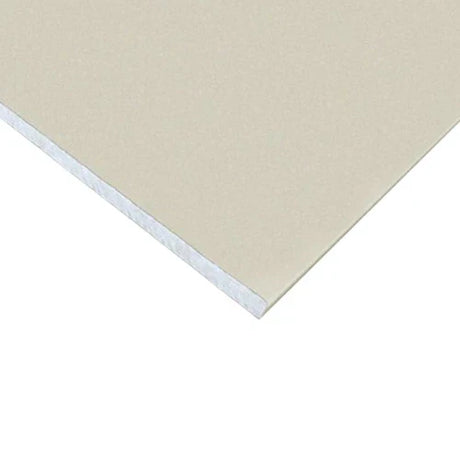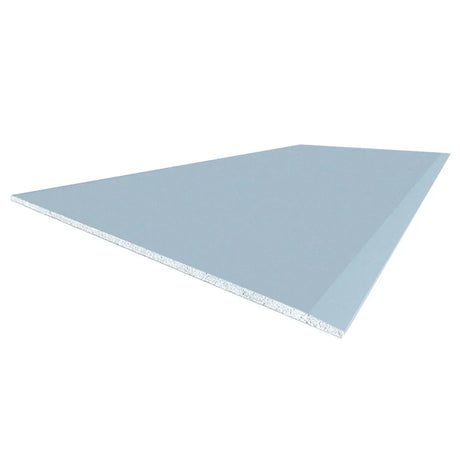Building a Low-Cost Raised Bed for Veggies or Herbs
Creating productive growing spaces needn't strain your budget or require advanced carpentry skills. A well-constructed raised bed transforms even challenging garden conditions into fertile growing environments whilst providing years of reliable service. With careful material selection and straightforward construction techniques, you can build attractive, durable raised beds that deliver exceptional value for money.
At DIY Building Supplies, we've helped countless customers create successful raised bed projects using readily available materials and simple techniques. The secret lies in understanding which materials offer genuine longevity whilst remaining economical, and implementing construction methods that ensure structural integrity without requiring specialist tools or extensive experience.
Effective raised bed construction focuses on creating robust structures that withstand soil pressure and weather exposure whilst maintaining attractive appearances that enhance garden aesthetics. Most importantly, these projects can be completed within modest budgets using materials and techniques accessible to most DIY enthusiasts.
Material Selection: Balancing Cost and Durability
Choosing appropriate materials determines both the immediate project cost and long-term performance of your raised beds. Understanding the characteristics of different timber options helps optimise value whilst ensuring adequate durability for garden applications.
Pressure-treated softwood offers excellent value for raised bed construction, providing enhanced durability at reasonable cost. Modern treatment processes using copper-based preservatives create timber that resists decay and insect attack whilst remaining safe for vegetable growing applications. Standard fence boards, typically 150mm or 200mm wide, provide ideal dimensions for raised bed sides whilst offering substantial cost savings compared to purpose-made garden timber.
For enhanced longevity, consider using naturally durable hardwoods where budget permits. Oak offcuts or reclaimed timber often provide excellent value whilst delivering exceptional durability. These materials develop attractive weathered appearances that enhance garden aesthetics whilst providing decades of reliable service.
Avoid using timber treated with older preservative systems, particularly creosote or copper-chrome-arsenic treatments, as these materials can affect soil chemistry and plant health. Always verify that chosen timber carries appropriate certification for use near edible plants.
Essential Construction Materials
Beyond the primary timber framework, several key materials ensure successful raised bed construction. Quality fixings prove particularly important, as these connections must withstand significant soil pressure whilst resisting corrosion in damp conditions.
Galvanised coach screws provide excellent connection strength for corner joints, with 8mm diameter screws in appropriate lengths offering robust fastening that accommodates natural timber movement. These fixings resist corrosion effectively whilst providing the strength needed for raised bed applications.
Membrane materials prevent soil loss whilst allowing drainage—essential for healthy plant growth. Woven landscape fabric offers excellent performance at reasonable cost, allowing water penetration whilst preventing soil migration. Avoid using plastic sheeting, which prevents drainage and can create waterlogged conditions that damage plant roots.
Corner brackets manufactured from galvanised steel provide additional reinforcement for larger raised beds, particularly those exceeding 1.2 metres in length. These components strengthen joints whilst simplifying construction for less experienced builders.
Design Principles for Successful Raised Beds
Effective raised bed design balances practical growing requirements with construction simplicity and material efficiency. Understanding these principles helps create beds that perform excellently whilst remaining economical to build.
Optimal bed dimensions typically measure 1.2 metres wide, allowing comfortable access from both sides without requiring stepping into the growing area. Length can vary according to available space, though beds exceeding 2.4 metres benefit from intermediate supports that prevent bowing under soil pressure.
Height requirements depend on intended crops and underlying soil conditions. Depths of 200-250mm suit most vegetables and herbs whilst minimising material requirements. Where underlying soil provides good drainage, this depth allows plant roots to extend into natural soil whilst providing improved growing conditions in the raised area.
For areas with poor drainage or contaminated soil, consider increasing depth to 300-400mm to provide complete growing medium independence from underlying conditions. This approach requires additional materials but ensures optimal growing conditions regardless of site constraints.
Step-by-Step Construction Process
Begin construction by preparing the installation site, ensuring level foundations that prevent structural stress as beds settle. Remove surface vegetation and create level surfaces using sand or hardcore where necessary. Avoid concrete foundations, which prevent drainage and create maintenance complications.
Cut timber components to required lengths using a sharp handsaw or circular saw, ensuring square cuts that create tight joints. Pre-drill screw holes to prevent timber splitting, particularly when working with hardwoods or near board ends.
Assemble corner joints using appropriate coach screws, creating strong mechanical connections that resist soil pressure effectively. Apply wood preservative to cut ends where natural weather protection has been compromised, ensuring consistent durability throughout the structure.
Position assembled frames in their final locations before adding corner reinforcement or intermediate supports. This approach allows final adjustments whilst maintaining structural alignment essential for long-term performance.
Install landscape fabric across bed bottoms, securing with galvanised staples or tacks. Overlap fabric edges at corners and joints, ensuring complete coverage that prevents soil loss whilst maintaining drainage capability.
Soil and Growing Medium Selection
Quality growing medium proves crucial for raised bed success, affecting both plant performance and long-term soil structure. Understanding soil requirements helps select appropriate materials whilst controlling costs effectively.
Purpose-made raised bed compost offers convenience and consistent quality, though bulk materials often provide better value for larger projects. Combining one-third quality topsoil with one-third well-rotted compost and one-third sharp sand creates excellent growing medium with good drainage and fertility characteristics.
Local suppliers often provide soil mixes specifically formulated for raised bed applications. These products typically offer better value than bagged alternatives whilst ensuring appropriate characteristics for intensive growing applications.
Avoid using standard garden topsoil without amendments, as this often becomes compacted in raised bed applications where natural soil biology development proves limited.
Maintenance and Enhancement
Annual maintenance ensures continued performance whilst protecting your construction investment. Adding organic matter each growing season maintains soil structure whilst providing essential nutrients for continued productivity.
Consider installing irrigation systems for beds dedicated to intensive production. Simple soaker hose systems provide efficient watering whilst remaining economical to install and operate.
Seasonal inspection of timber condition helps identify maintenance requirements before structural problems develop. Treating exposed timber with appropriate preservatives extends service life whilst maintaining attractive appearances.
Budget-Maximising Tips
Purchase timber in standard lengths to minimise cutting waste whilst reducing material costs. Planning multiple beds simultaneously often allows bulk purchasing that reduces per-unit costs significantly.
Consider using reclaimed materials where appropriate specifications can be verified. Old fence boards and construction timber often provide excellent value whilst contributing to sustainable building practices.
Timing purchases to coincide with seasonal sales or clearance events can provide substantial savings on both materials and tools.
Professional Results Within Budget
At DIY Building Supplies, we understand that successful raised bed construction requires both quality materials and practical guidance. Our range includes everything needed for professional-quality results, from pressure-treated timber to galvanised fixings and specialist growing media.
Our experienced team provides technical support throughout your project, helping optimise material selection whilst ensuring construction techniques deliver lasting results. Whether building single beds or planning comprehensive growing areas, we can recommend approaches that maximise value whilst achieving your gardening goals.
Contact our knowledgeable team to discuss your raised bed requirements. With quality materials from trusted British suppliers and proven construction techniques, creating productive growing spaces becomes both affordable and achievable for any garden situation.









